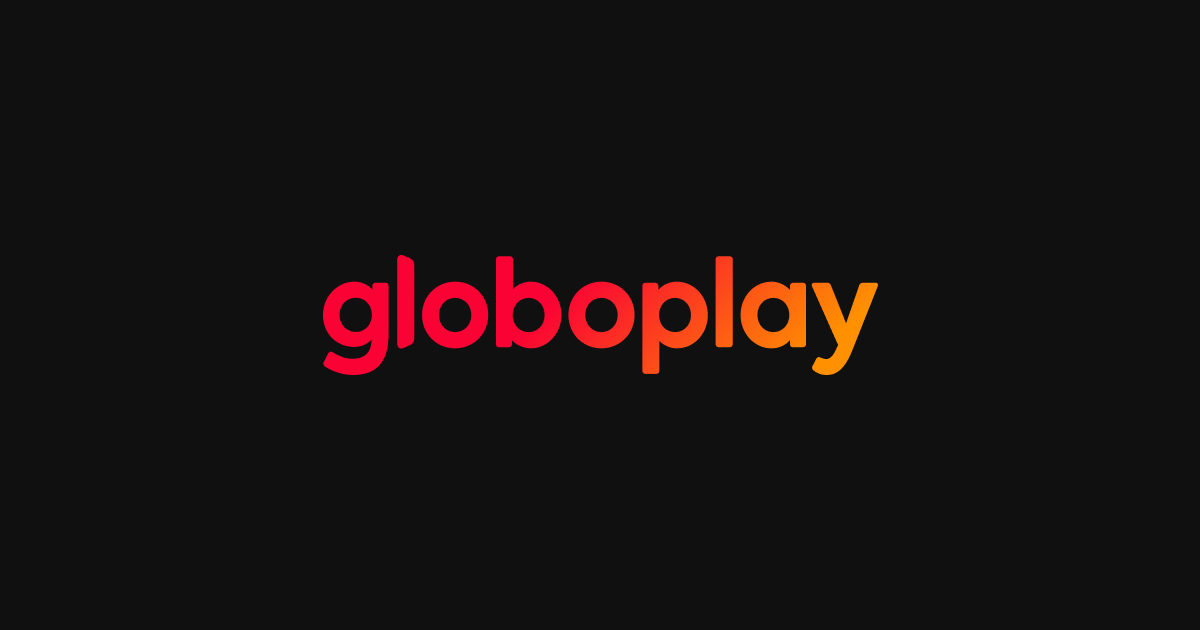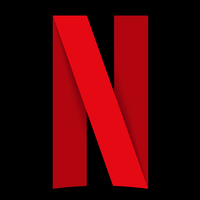Globo's Globoplay: A New Era of Streaming Begins
October 19, 2024, 5:39 am
The streaming landscape is shifting. Globo, a titan in Brazilian media, is set to unveil a revamped Globoplay on November 4. This change is more than just a tweak; it’s a strategic pivot. The introduction of a cheaper plan with ads signals a bold move to capture a broader audience. In a world where streaming giants like Netflix and Max dominate, Globo is ready to play the game.
Globoplay has been a staple for Brazilian viewers. It offers a rich library of content, from local dramas to international hits. But as competition heats up, Globo recognizes the need for evolution. The new structure will feature three plans: Globoplay Padrão com Anúncios, Globoplay Padrão, and Globoplay Premium. Each plan caters to different viewer preferences and budgets.
The current subscription costs R$ 29.90 per month or R$ 214.80 annually. With the new plan, Globo promises a reduction in price for the ad-supported option. However, specific figures remain under wraps. This uncertainty adds a layer of intrigue. How low will they go?
The Globoplay Padrão com Anúncios plan is designed to attract cost-conscious consumers. It mirrors the successful models of other streaming services. By offering a lower entry point, Globo aims to increase its subscriber base. This is a classic case of "if you can't beat them, join them."
The Globoplay Padrão will remain ad-free, catering to those who prefer uninterrupted viewing. This plan will likely appeal to loyal subscribers who value their viewing experience. Meanwhile, the Globoplay Premium will encompass live channels, including popular networks like Sportv and Multishow. This tier is for the die-hard fans who crave live sports and events.
The announcement came during the Upfront event, a key moment for advertisers. Globo emphasized the potential for increased commercial opportunities. This is a clear signal that they are not just thinking about viewers but also about revenue streams. The advertising landscape is changing, and Globo wants a piece of that pie.
The move to introduce an ad-supported tier is not without risks. Some viewers may balk at the idea of ads interrupting their favorite shows. However, Globo seems confident. They believe that the allure of a lower price will outweigh the inconvenience of ads. It’s a gamble, but one that could pay off.
Globoplay’s changes reflect broader trends in the streaming industry. Viewers are increasingly drawn to flexible pricing models. They want options. The success of ad-supported plans on platforms like Hulu and Peacock shows that there is a market for this. Globo is tapping into that demand.
As the launch date approaches, anticipation builds. Will the new plans resonate with viewers? Globo has a rich history of producing compelling content. They know how to engage audiences. Now, they must translate that success into the streaming realm.
The competition is fierce. Netflix and Max have set high standards. They offer vast libraries and original content that keeps viewers hooked. Globo must ensure that their offerings are equally enticing. The content must shine, or the new plans may fall flat.
The Brazilian market is unique. It has its own tastes and preferences. Globo understands this landscape. They have been a part of it for decades. This local knowledge is a significant advantage. They can tailor their content to meet the needs of Brazilian viewers.
In addition to content, user experience will be crucial. The interface must be intuitive. Navigation should be seamless. Viewers want to find their favorite shows without hassle. Globo must invest in technology to enhance the user experience.
As the streaming wars continue, Globo’s strategy will be closely watched. They are stepping into a crowded arena. Success will depend on execution. The new plans must deliver value. If they do, Globo could solidify its position in the streaming market.
In conclusion, Globo’s Globoplay is on the brink of transformation. The introduction of a cheaper, ad-supported plan is a bold move. It reflects a keen understanding of market dynamics. As they prepare for launch, all eyes will be on them. Will they rise to the occasion? Only time will tell. But one thing is clear: the streaming landscape in Brazil is about to get a lot more interesting.
Globoplay has been a staple for Brazilian viewers. It offers a rich library of content, from local dramas to international hits. But as competition heats up, Globo recognizes the need for evolution. The new structure will feature three plans: Globoplay Padrão com Anúncios, Globoplay Padrão, and Globoplay Premium. Each plan caters to different viewer preferences and budgets.
The current subscription costs R$ 29.90 per month or R$ 214.80 annually. With the new plan, Globo promises a reduction in price for the ad-supported option. However, specific figures remain under wraps. This uncertainty adds a layer of intrigue. How low will they go?
The Globoplay Padrão com Anúncios plan is designed to attract cost-conscious consumers. It mirrors the successful models of other streaming services. By offering a lower entry point, Globo aims to increase its subscriber base. This is a classic case of "if you can't beat them, join them."
The Globoplay Padrão will remain ad-free, catering to those who prefer uninterrupted viewing. This plan will likely appeal to loyal subscribers who value their viewing experience. Meanwhile, the Globoplay Premium will encompass live channels, including popular networks like Sportv and Multishow. This tier is for the die-hard fans who crave live sports and events.
The announcement came during the Upfront event, a key moment for advertisers. Globo emphasized the potential for increased commercial opportunities. This is a clear signal that they are not just thinking about viewers but also about revenue streams. The advertising landscape is changing, and Globo wants a piece of that pie.
The move to introduce an ad-supported tier is not without risks. Some viewers may balk at the idea of ads interrupting their favorite shows. However, Globo seems confident. They believe that the allure of a lower price will outweigh the inconvenience of ads. It’s a gamble, but one that could pay off.
Globoplay’s changes reflect broader trends in the streaming industry. Viewers are increasingly drawn to flexible pricing models. They want options. The success of ad-supported plans on platforms like Hulu and Peacock shows that there is a market for this. Globo is tapping into that demand.
As the launch date approaches, anticipation builds. Will the new plans resonate with viewers? Globo has a rich history of producing compelling content. They know how to engage audiences. Now, they must translate that success into the streaming realm.
The competition is fierce. Netflix and Max have set high standards. They offer vast libraries and original content that keeps viewers hooked. Globo must ensure that their offerings are equally enticing. The content must shine, or the new plans may fall flat.
The Brazilian market is unique. It has its own tastes and preferences. Globo understands this landscape. They have been a part of it for decades. This local knowledge is a significant advantage. They can tailor their content to meet the needs of Brazilian viewers.
In addition to content, user experience will be crucial. The interface must be intuitive. Navigation should be seamless. Viewers want to find their favorite shows without hassle. Globo must invest in technology to enhance the user experience.
As the streaming wars continue, Globo’s strategy will be closely watched. They are stepping into a crowded arena. Success will depend on execution. The new plans must deliver value. If they do, Globo could solidify its position in the streaming market.
In conclusion, Globo’s Globoplay is on the brink of transformation. The introduction of a cheaper, ad-supported plan is a bold move. It reflects a keen understanding of market dynamics. As they prepare for launch, all eyes will be on them. Will they rise to the occasion? Only time will tell. But one thing is clear: the streaming landscape in Brazil is about to get a lot more interesting.


